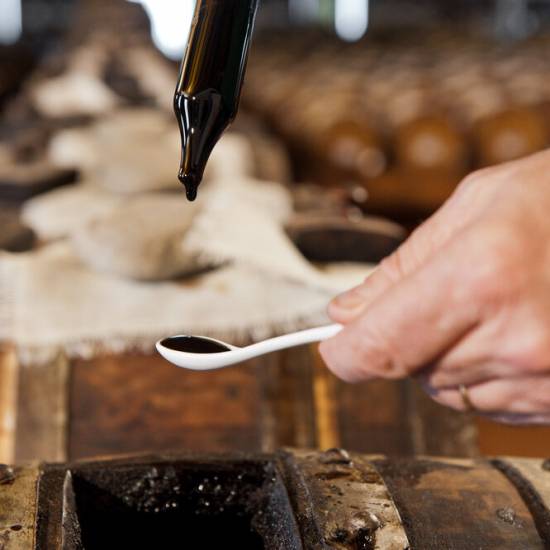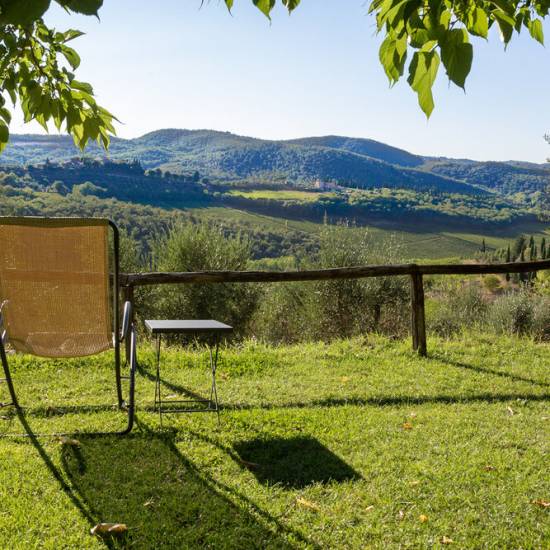The History of Burrata Cheese: Apulia’s Culinary Pride
Origins
The story of burrata dates back to the early 20th century, in the region of Murgia, within Apulia. It is widely believed that burrata was first created in the 1920s by a dairy farmer named Lorenzo Bianchino. At the time, Bianchino’s family ran a dairy farm in Andria, a town in the heart of Apulia. Faced with an abundance of fresh mozzarella and the need for a way to preserve it, Bianchino had a brilliant idea: why not combine mozzarella with cream to create something new?
Thus, burrata was born—“burrata” meaning “buttered” in Italian, a reference to the rich, creamy interior that oozes out when the cheese is cut open. Originally, it was a method of using up leftover mozzarella curds by filling them with fresh cream, but the innovation soon became popular in the region, especially with local farmers and food artisans.
Production Process
Burrata is made using a base of mozzarella, but the method of preparation is what makes it unique. The outer shell is created by stretching and shaping fresh mozzarella curd. The cheese is then filled with a mixture of fresh cream and mozzarella scraps, and the whole package is tied off with a knot. When sliced open, the burrata reveals its signature creamy interior, which contrasts beautifully with the firm exterior.
This combination of textures—rich and creamy on the inside, delicate and slightly chewy on the outside—gives burrata its signature flavor. The milk used to make the cheese plays a crucial role in the final product, and high-quality milk from local cows or water buffaloes is used to ensure the creaminess of the cheese.
Why It’s Famous
Burrata’s rise to international fame is a story of a humble local delicacy turning into a global sensation. While it started out as a regional specialty, it wasn’t long before burrata found its way into the kitchens of renowned chefs and food enthusiasts outside of Italy. Its delicate texture, fresh taste, and versatility made it a favorite ingredient in gourmet restaurants, from top eateries in New York to upscale dining spots in
Paris and London.
What makes burrata particularly appealing is its versatility. It pairs beautifully with fresh tomatoes, a drizzle of olive oil, and a sprinkle of salt, creating a simple yet delicious dish that highlights the best of Apulian cuisine. It is also served in salads, on pizzas, or alongside fresh fruit, making it an ideal choice for a variety of culinary creations.
As more and more people around the world learned about this extraordinary cheese, burrata became synonymous with high-end Italian dining. Its creamy texture and exceptional flavor made it the ultimate symbol of Apulian gastronomy.
Modern Influence
Today, burrata is not just a regional pride of Apulia but a global symbol of the region’s culinary excellence. From its origins in Andria, the production of burrata has spread throughout Apulia, with artisan producers in towns like Andria, Bari, and Brindisi continuing to perfect the craft. The cheese is now a staple in international supermarkets and specialty food shops, where it’s often found on the shelves alongside other iconic Italian cheeses like mozzarella and ricotta.
In Apulia, burrata has become a part of everyday life. Local restaurants, trattorias, and even street food vendors showcase the cheese in various forms, whether as part of a classic Caprese salad or as a topping for pasta dishes. Its growing popularity has also turned Apulia into a gastronomic destination for food lovers eager to taste the authentic flavors of the region.
From its modest beginnings as a way to preserve mozzarella to its status as one of Italy’s most beloved cheeses, burrata represents the heart of Apulian culinary tradition. Its unique combination of textures and flavors makes it a symbol of the region’s dedication to producing high-quality, flavorful food. Whether enjoyed in the rolling hills of Apulia or at a fine dining restaurant halfway across the world, burrata is a true taste of Italian excellence that continues to capture the imagination—and the taste buds—of all who try it.









